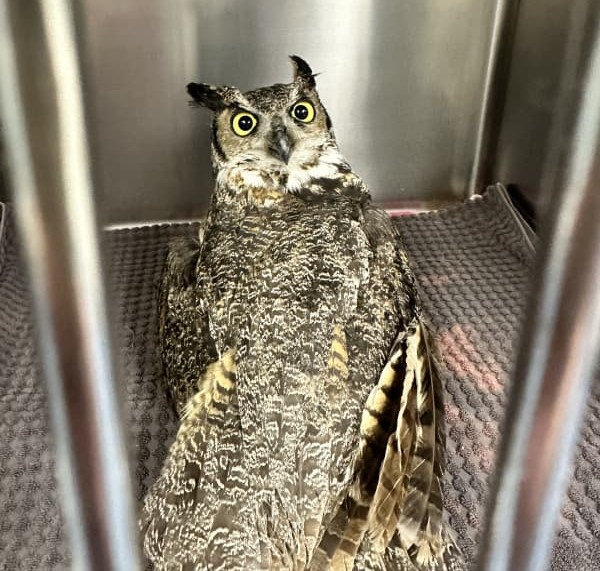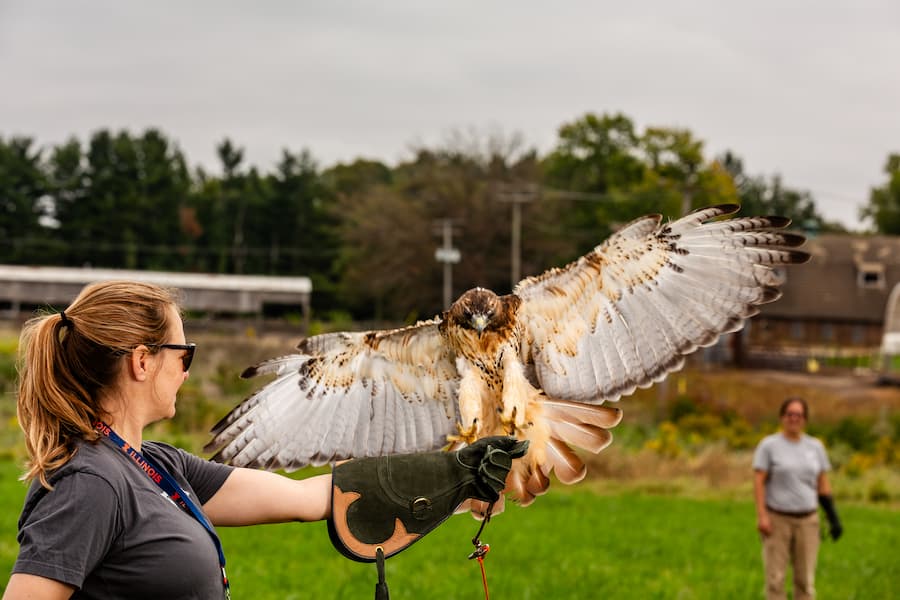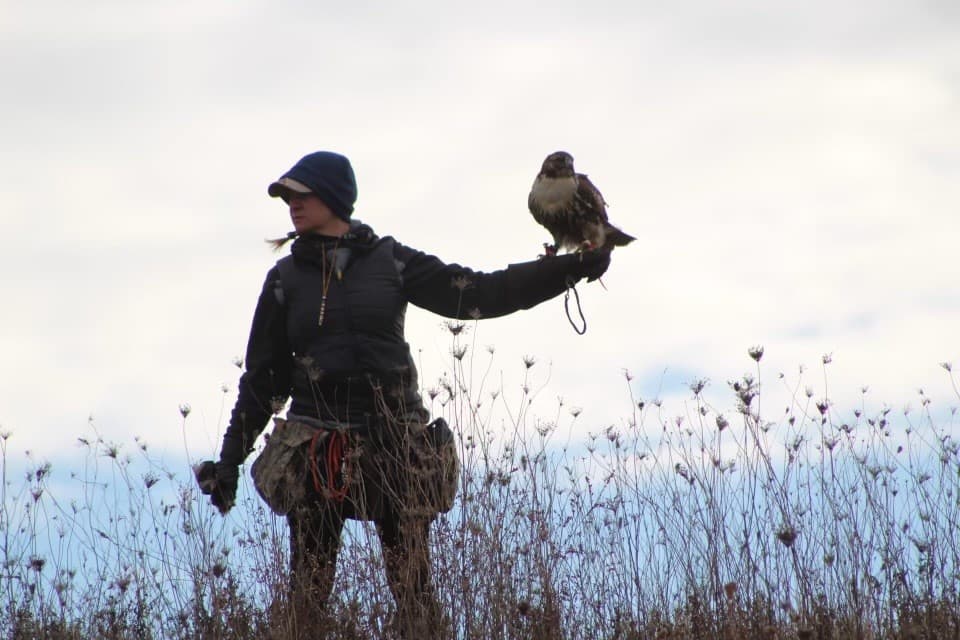by Malky Weil (VM Class of 2016)
Hello wildlife enthusiasts! Have you ever wondered how we record our treatments for our patients? We maintain a complete medical record, just like at your doctor’s office and use a method called SOAP. Here is how it works:
S/O: Subjective and Objective observations. This is where we talk about a patient’s mentation. We can call them BAR-bright, alert, responsive (if they are moving around in their cage), QAR-quiet, alert, responsive (if we find them resting but still responding to us), or non-responsive (which would be a bad sign with a patient). We also note if there were feces and urine in the cage and with birds of prey if there were casts. A cast is the non-digestible hair and bones of mice or other prey that are regurgitated while the rest of it is digested. As gross as it may seem, it’s important to note when an animal has normal excretory and bowel movements, because if those movements are absent, it can be a sign of gastrointestinal or urinary system abnormalities. We will note if there is food left over from the previous treatment, if the water appears touched, if the patient shredded all of the newspaper in the cage, and any other observation before we have our hands on the patient. Some observations are objective, such as whether or not there are feces in the cage, and others are subjective, such as what the mentation of the patient is.
The next parts of the SOAP are based on a problem list we keep for our patients. I will give an example for a bird with a broken wing as the problem. If there is more than one problem, we label it A1, A2, P1, P2, and so on.
A: Assessment. This is where we talk about our physical assessment of the problem. For the broken wing patient, we may be observing if the bird is holding its wing upright or drooping it or how the wing bandage looks. This is where we would describe how the physical therapy on the muscles is progressing. For example- “We did passive range of motion on the right wing and the muscles are inflamed, stiff, but the extension is better than it was yesterday.” We also talk about the medicine we gave for the specific problem here. With a broken bone we usually give pain medicine, because broken bones are painful. So we might add here that we gave 0.6ml of tramadol (and give the dosage in mg/kg, and concentration in mg/ml). We may also be giving a non-steroidal anti-inflammatory to help with pain and inflammation in the wing.
P: Plan. This is where we talk about what we plan on doing in the future. So for this bird case, we would say- “Continue to monitor posture, continue passive range of motion every other day, continue tramadol, and continue meloxicam until swelling recedes. Change wing wrap in 2 days.”
ADD: Addendum. This is the section we use to add anything else that does not connect to the problems, but still needs to be recorded. For example: “We cleaned the cage and refreshed the water bowl. We checked the feet and did not see any signs of bumblefoot. We left 3 mice (total 27 grams) in the cage. Patient flapped his good wing when we returned him to his cage.”
Recording our treatments is very important. There are multiple people on a team caring for our patients, and not everyone is there for every treatment. Those not there need to stay current on the case, see how the patient has been behaving, and note if there are any changes to the treatment plan. Having all that information is important when making decisions on the case as well. No one’s memory is perfect, so it is important to have a place to look back on what has been done and how the patient responded. I hope this gives you a little glimpse into what goes into keeping a complete medical record for our patients. The skills we gain doing this important work will be used throughout our careers as veterinarians.




